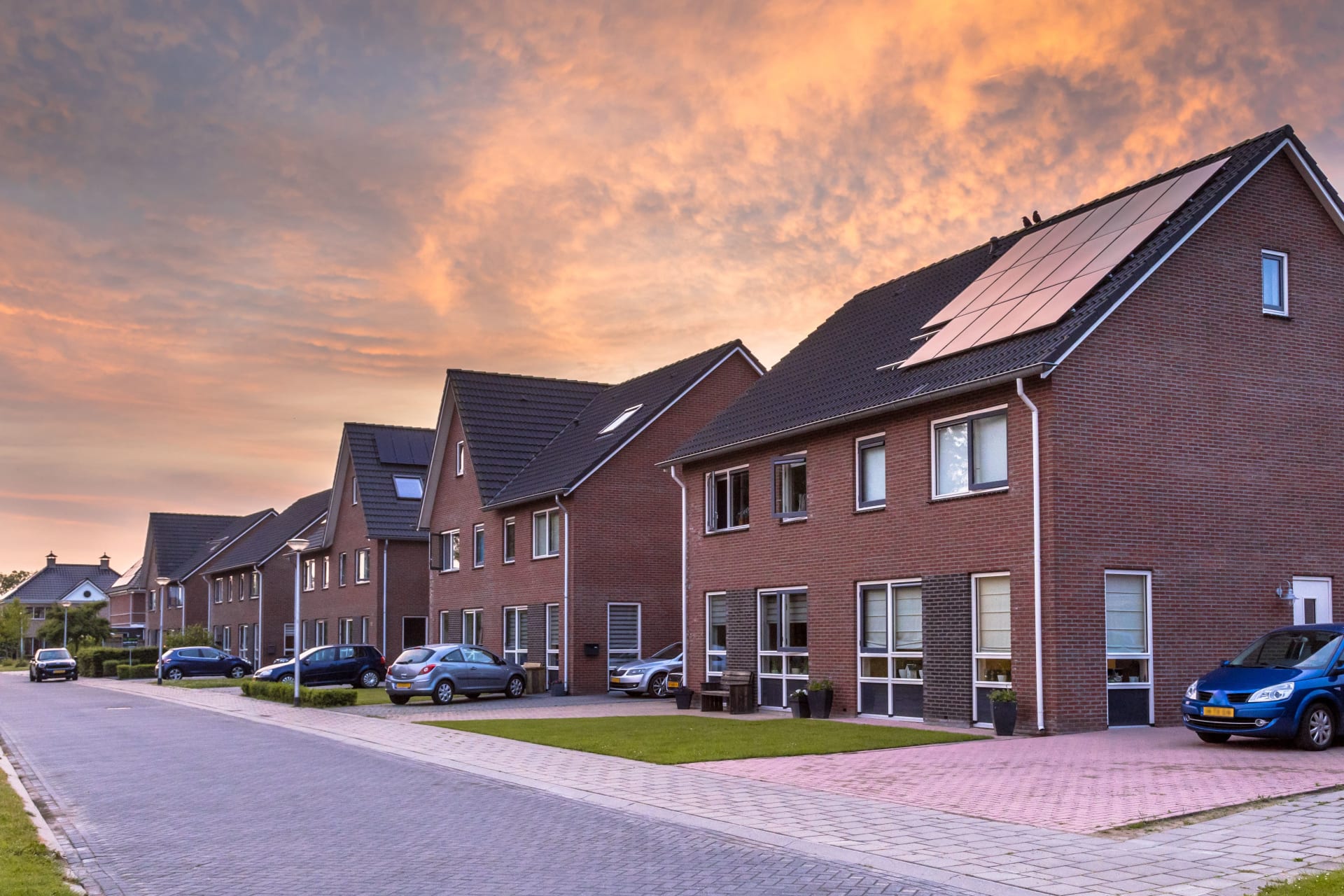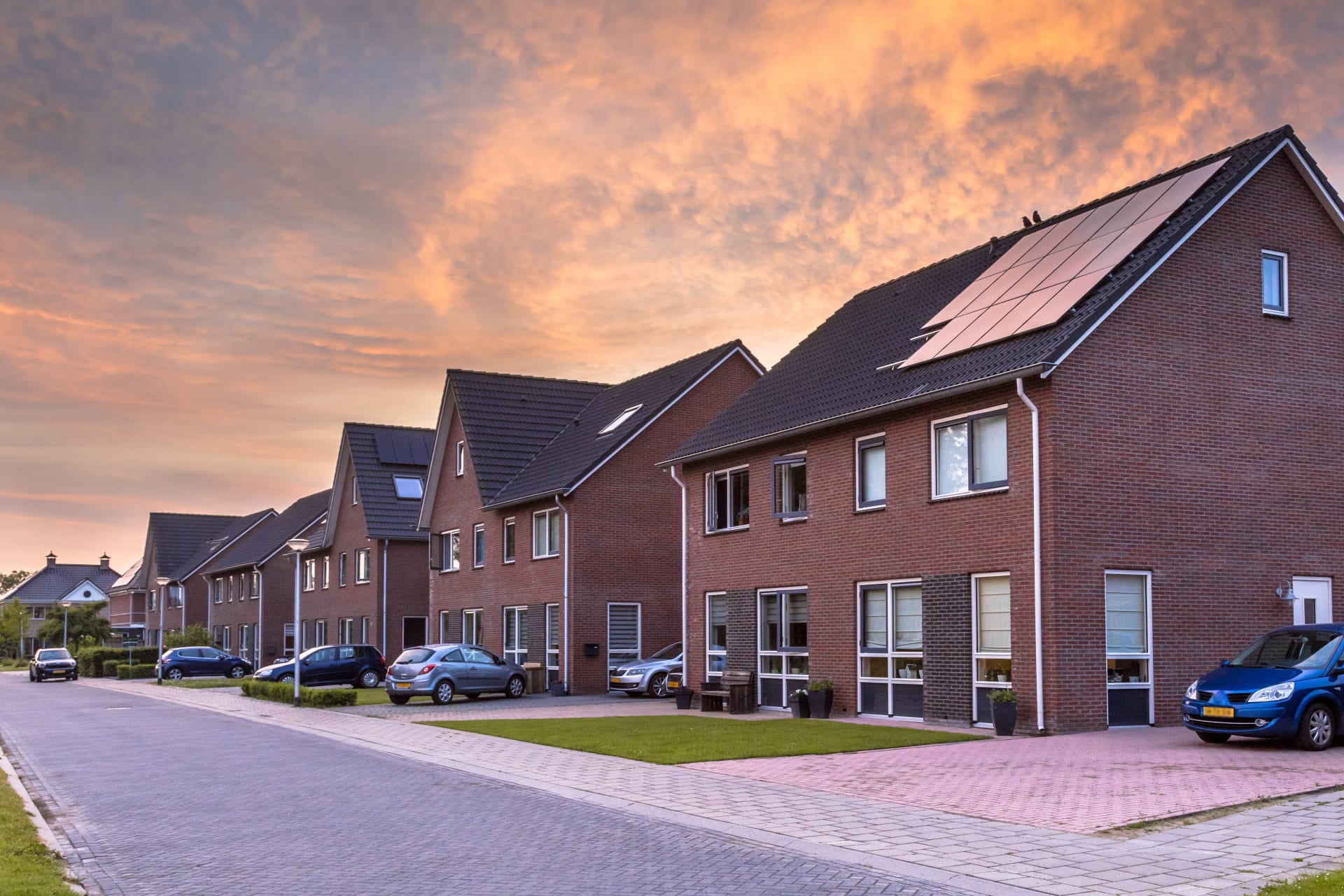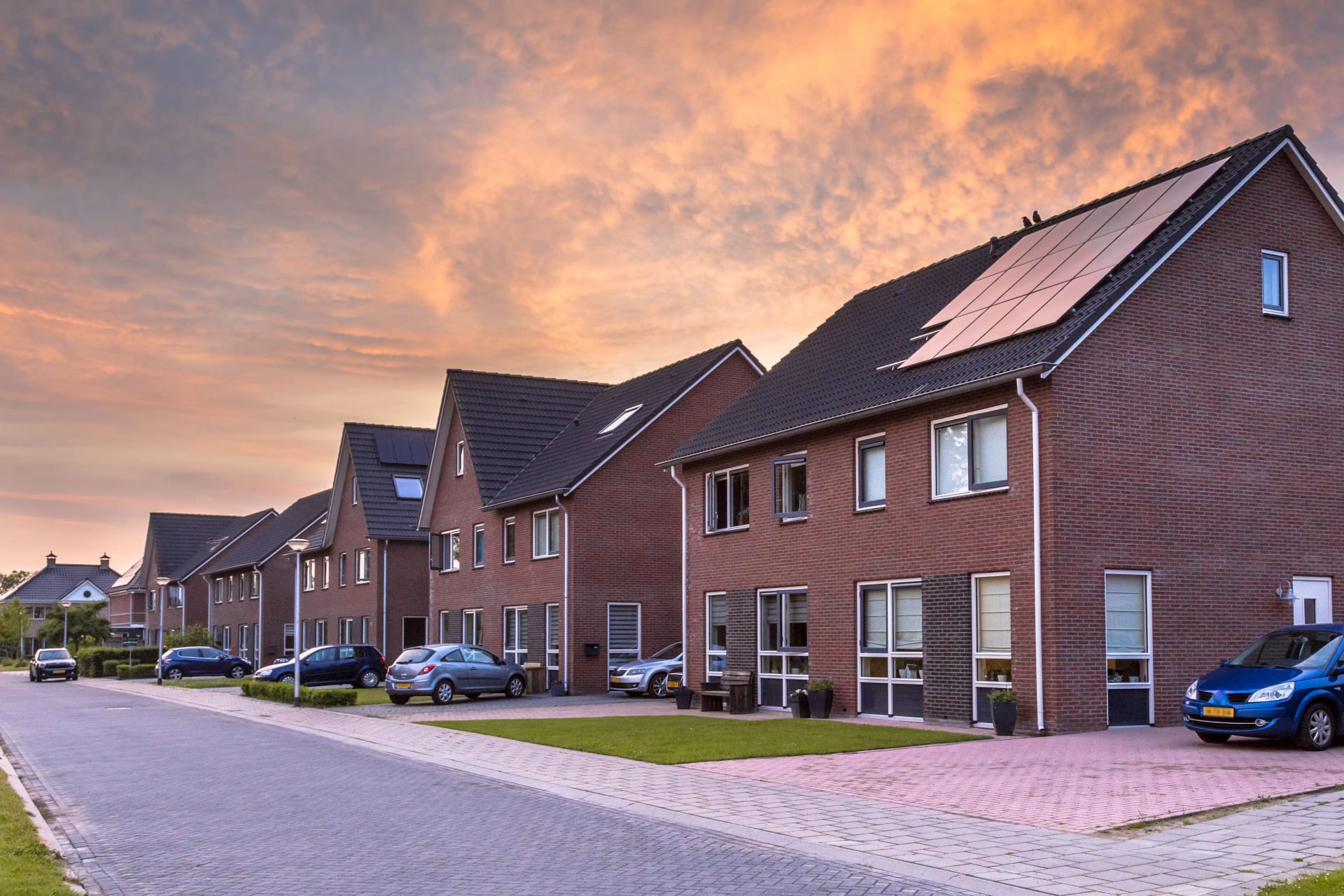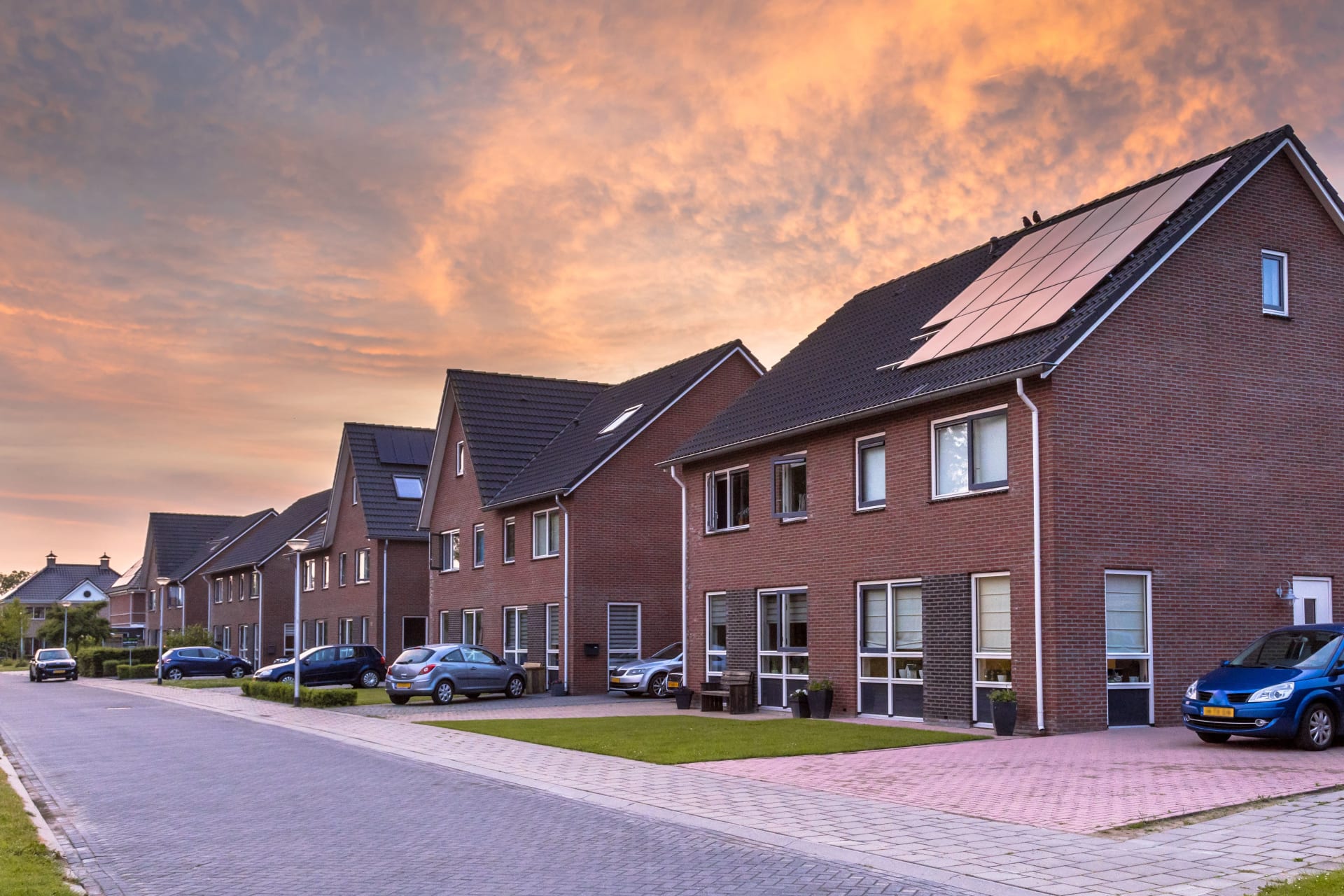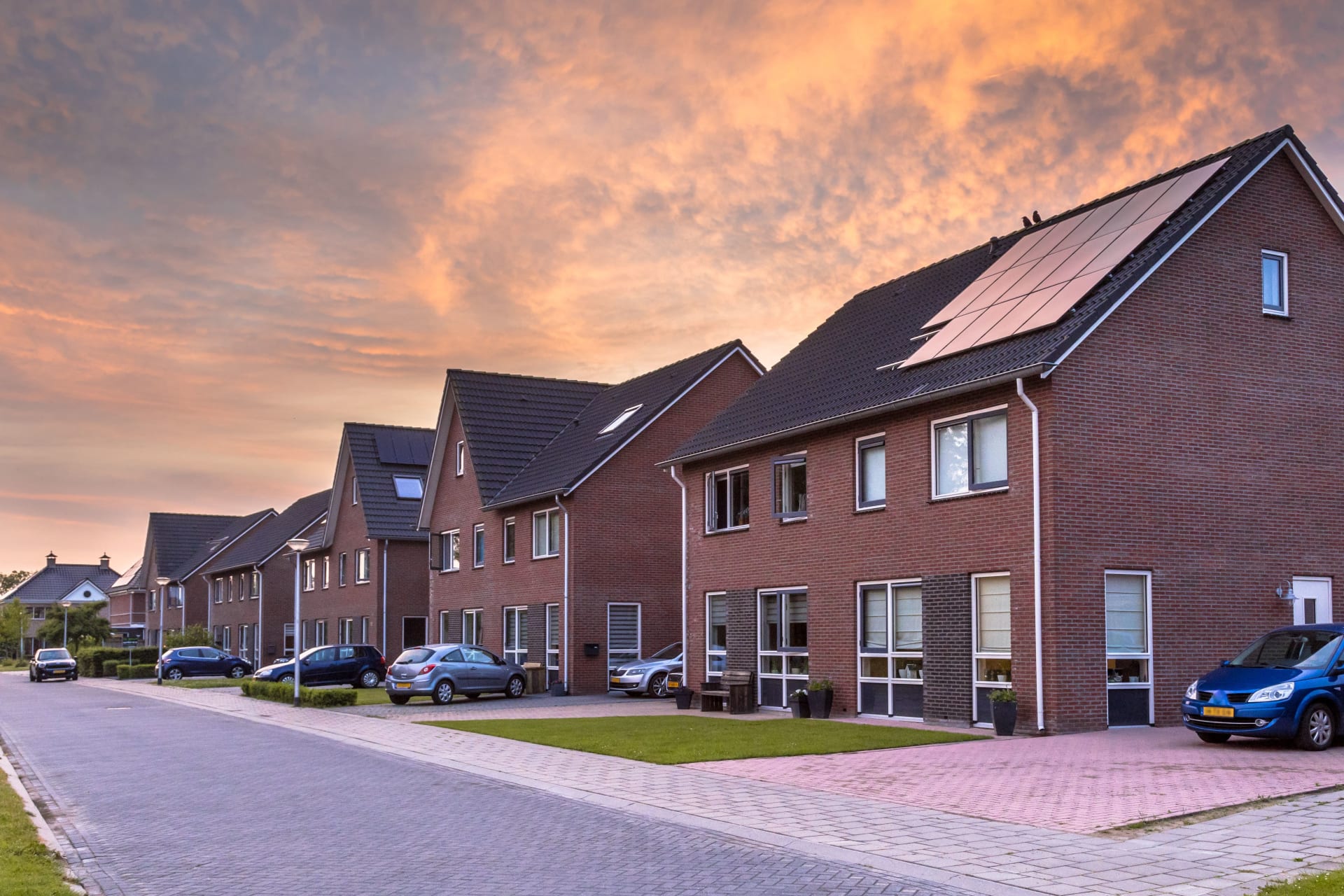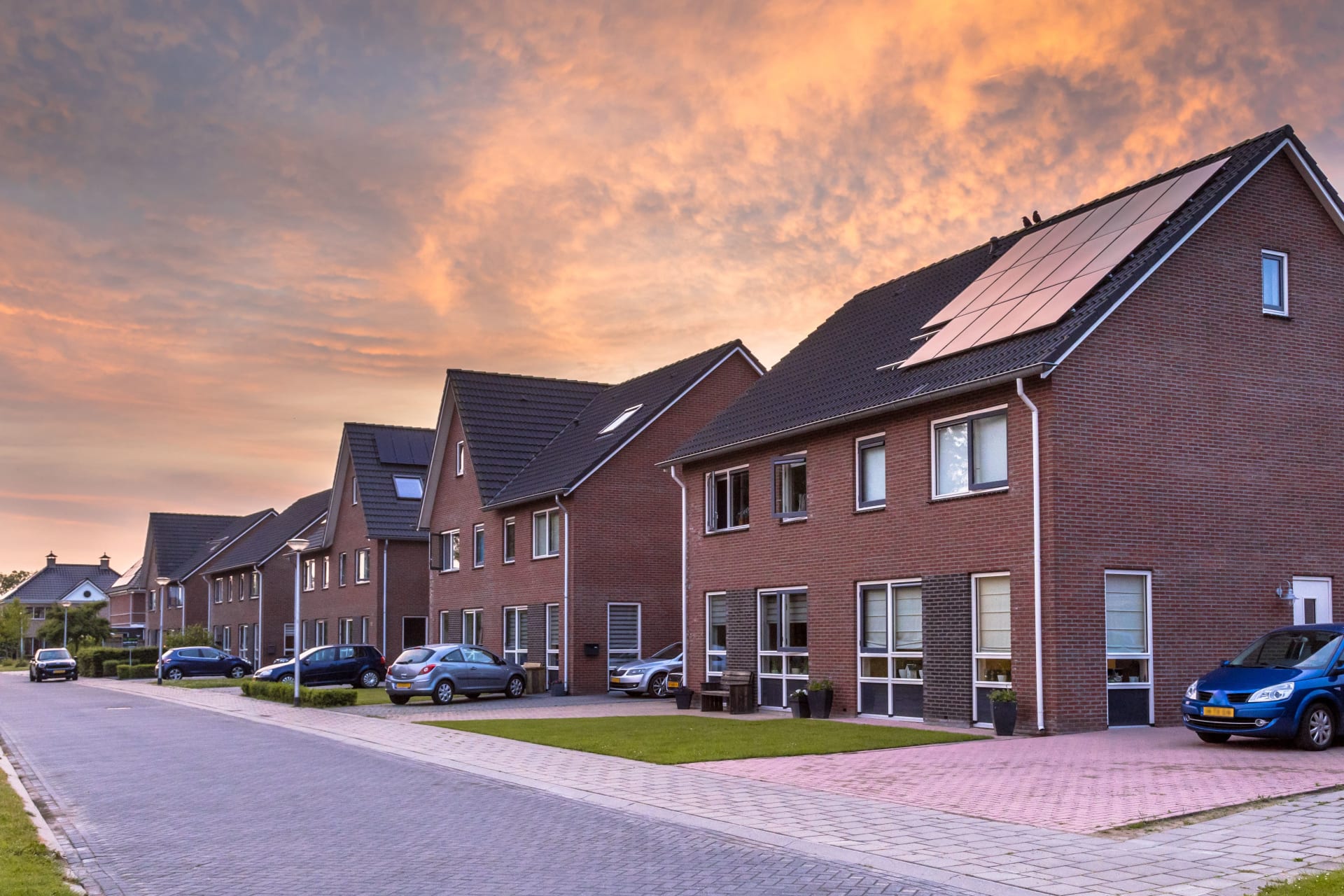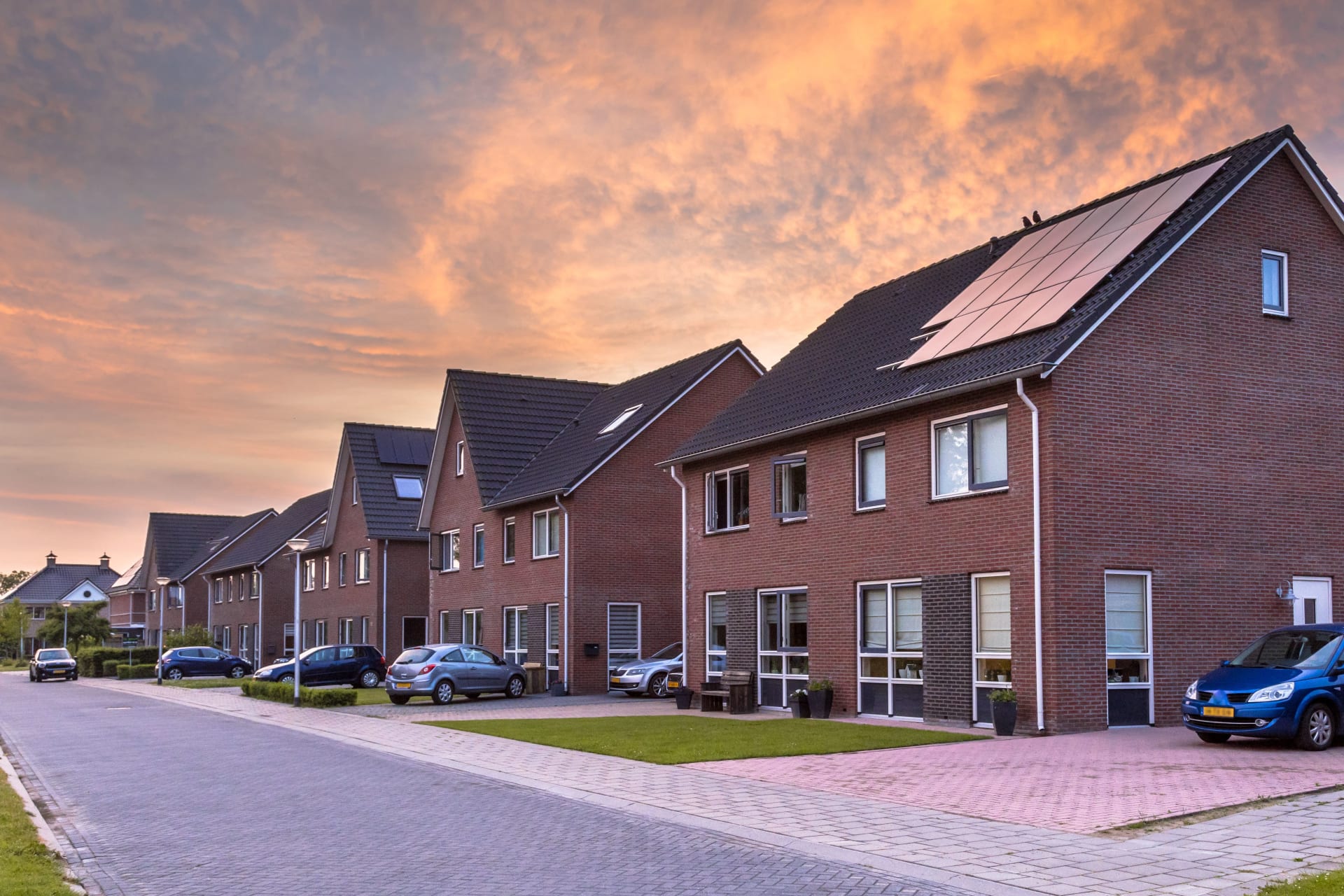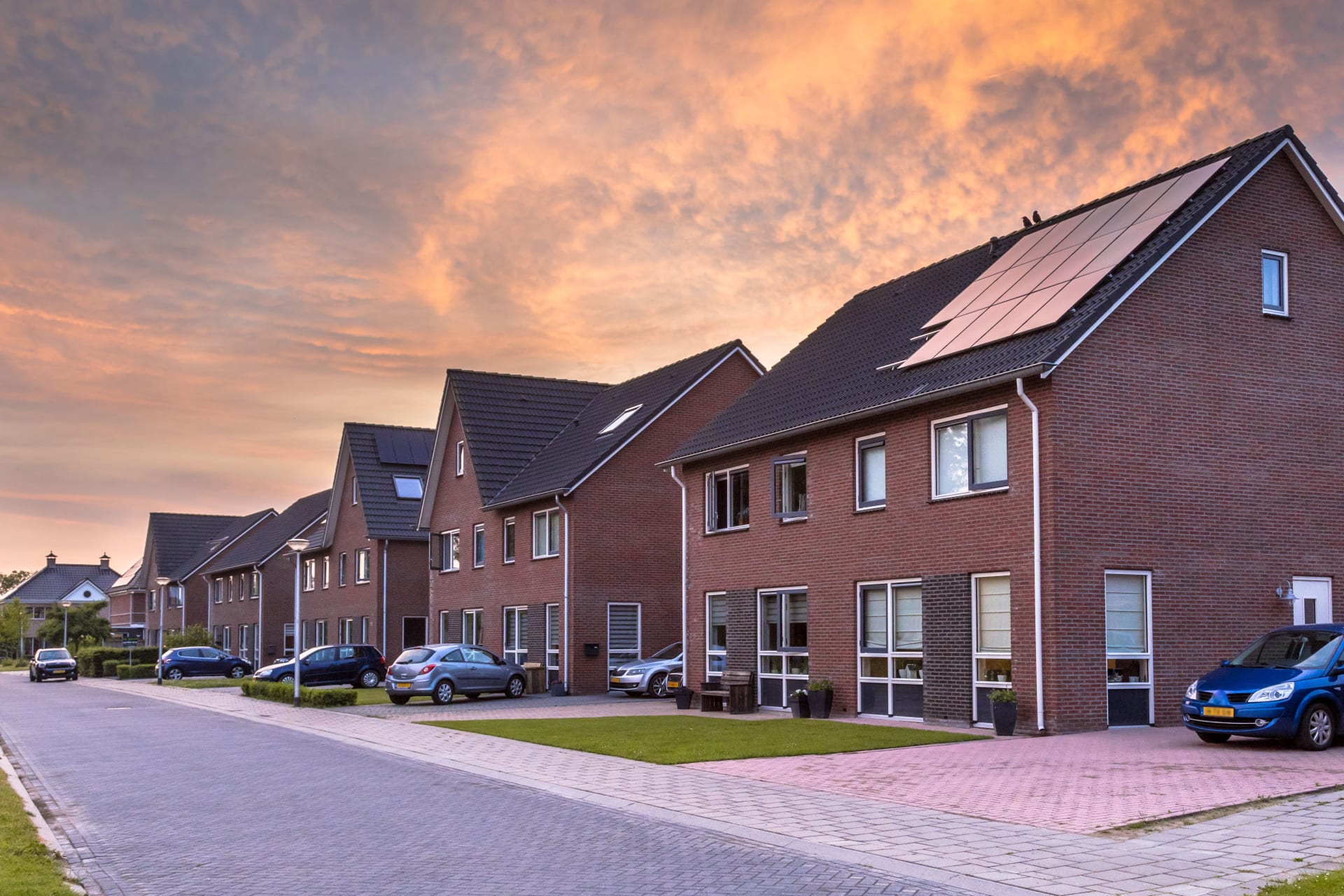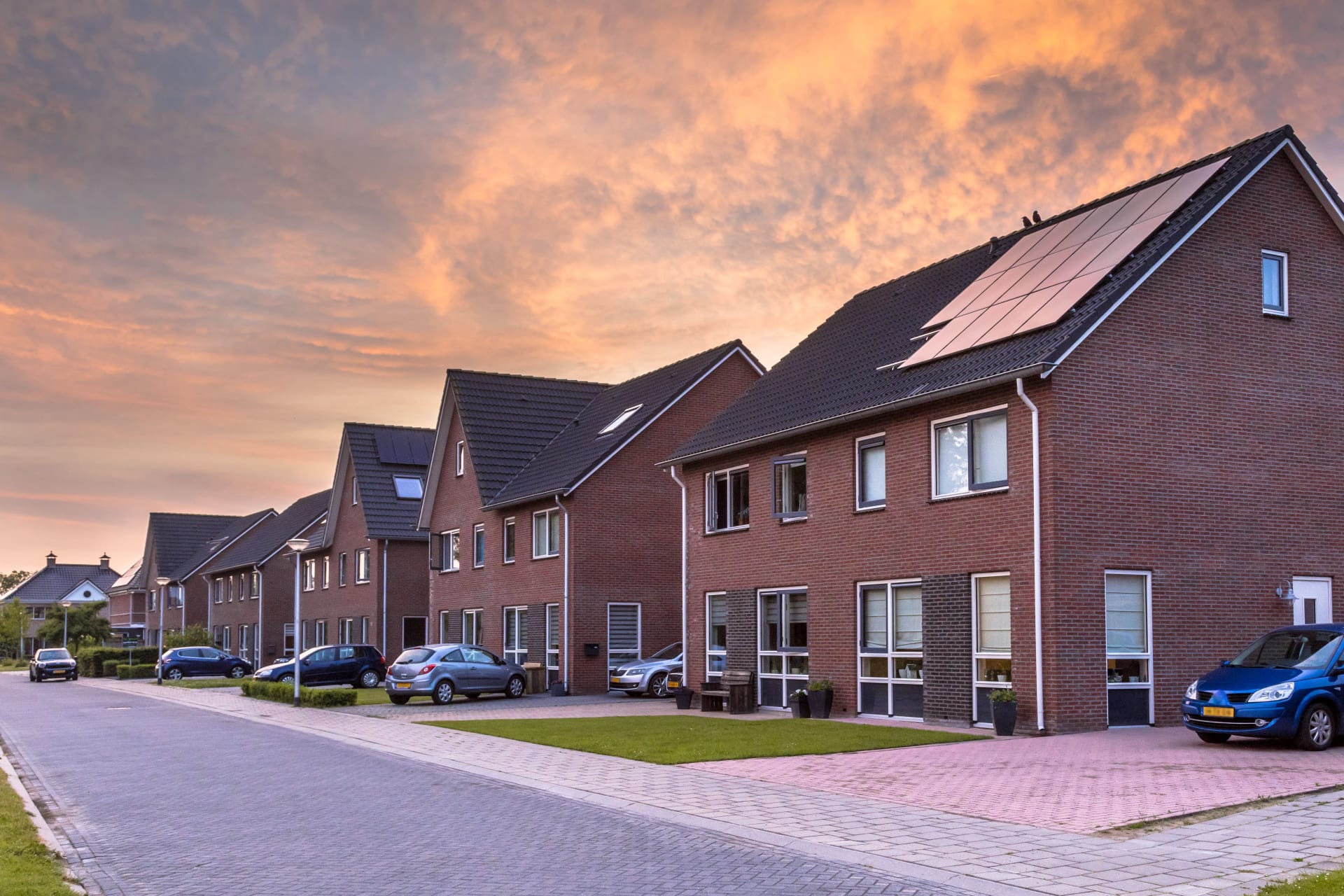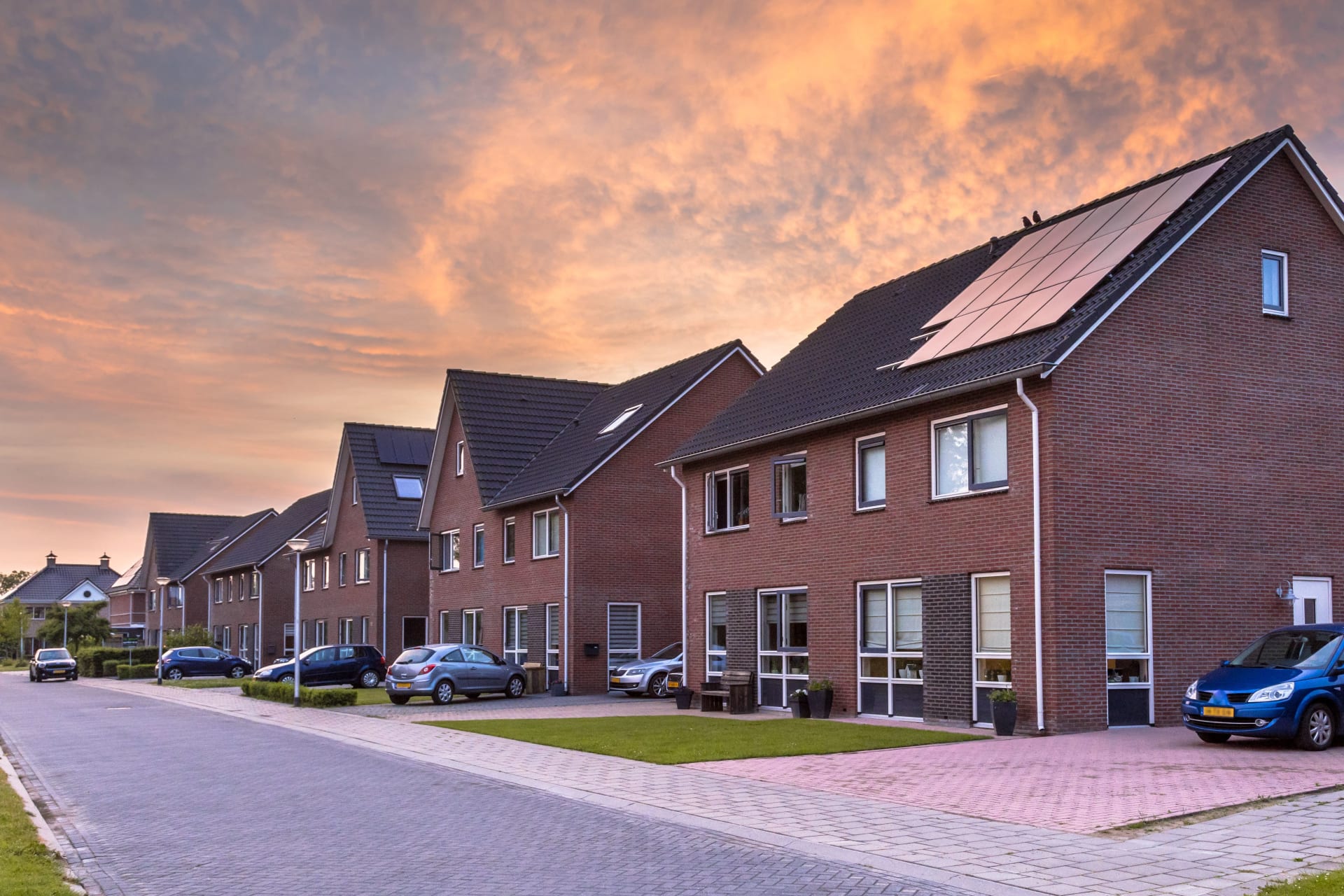Housing associations across the UK operate diverse vehicle fleets to deliver essential services to their communities. From m…
Housing Association Property Insurance: Comprehensive Coverage for Social Housing Providers
Housing associations play a vital role in providing affordable homes across the UK, managing thousands of properties and serving diverse communities. With such significant responsibilities, comprehensive property insurance isn't just advisable—it's essential for protecting both the organization and the residents who depend on these services.
Understanding Housing Association Property Insurance
Housing association property insurance is a specialized form of commercial property coverage designed specifically for registered social landlords and housing providers. Unlike standard commercial property insurance, this coverage addresses the unique risks and regulatory requirements that housing associations face in their day-to-day operations.
This insurance typically covers the physical buildings, contents, and associated risks across entire property portfolios, from small developments to large-scale housing estates. Given the social responsibility aspect of housing associations, the insurance also considers the impact on vulnerable residents and communities when properties are damaged or become uninhabitable.
Key Coverage Areas
Building and Structure Protection
The foundation of any housing association property insurance policy is comprehensive building coverage. This protects against damage from fire, flood, storm, vandalism, and other perils that could affect the structural integrity of properties. For housing associations, this coverage must account for various property types, from converted Victorian houses to modern purpose-built developments.
Coverage typically includes the main structure, permanent fixtures, and essential services like heating systems, plumbing, and electrical installations. Given that many housing associations manage older properties that may have been converted or extensively renovated, the policy should reflect the true rebuilding costs, including compliance with current building regulations.
Contents and Equipment Coverage
Housing associations often provide furnished accommodation or maintain common areas with valuable equipment and furnishings. Contents coverage protects items such as furniture in communal areas, office equipment, maintenance tools, and any appliances provided to tenants.
This coverage becomes particularly important for supported housing schemes where specialized equipment may be required for residents with specific needs. The policy should also cover temporary accommodation costs for residents if their homes become uninhabitable due to covered damage.
Loss of Rent Protection
One of the most critical aspects of housing association property insurance is loss of rent coverage. When properties become uninhabitable due to insured damage, housing associations face a double burden: the cost of repairs and the loss of rental income that funds their operations and community services.
This coverage compensates for lost rental income during the repair period, helping maintain financial stability and ensuring the association can continue providing services to other residents. The coverage period should be sufficient to account for potentially lengthy repair processes, especially when dealing with older or specialized properties.
Specialized Risks for Housing Associations
Tenant-Related Risks
Housing associations face unique challenges related to their tenant base. Properties may house vulnerable individuals, including those with mental health issues, substance abuse problems, or those who have experienced homelessness. While housing associations provide crucial support, these circumstances can increase certain risks.
Malicious damage by tenants, whether intentional or resulting from mental health crises, requires specific coverage considerations. The insurance should address not just the immediate damage but also the costs of alternative accommodation for other residents and any necessary security measures.
Regulatory Compliance Costs
Housing associations operate under strict regulatory oversight from bodies like the Regulator of Social Housing. When property damage occurs, repairs must often meet enhanced standards or incorporate improvements to comply with current regulations, even if the original property was built to older standards.
Insurance coverage should account for these additional costs, including upgrades required for accessibility, energy efficiency, or safety standards that may exceed the original specification. This is particularly relevant given ongoing regulatory changes around building safety and environmental standards.
Community Impact Considerations
Unlike commercial landlords, housing associations have a social mission that extends beyond property management. When properties are damaged, the impact on vulnerable residents and local communities can be significant. Insurance coverage should consider the costs of community support services, temporary accommodation that meets residents' specific needs, and measures to maintain community cohesion during repair periods.
Risk Management Strategies
Property Maintenance Programs
Effective risk management begins with comprehensive property maintenance programs. Regular inspections, preventive maintenance, and prompt attention to minor issues can prevent many insurance claims. Housing associations should maintain detailed records of property conditions, maintenance activities, and any improvements made.
Insurance providers often offer premium discounts for associations that can demonstrate robust maintenance programs and effective risk management procedures. This includes having qualified maintenance staff, regular safety inspections, and clear protocols for addressing tenant concerns about property conditions.
Tenant Engagement and Support
Many property-related risks can be mitigated through effective tenant engagement and support programs. This includes providing clear guidance on property care, prompt response to maintenance requests, and appropriate support for vulnerable residents who may struggle with property maintenance responsibilities.
Housing associations should also have clear procedures for addressing antisocial behavior or property misuse that could increase insurance risks. Early intervention and appropriate support can prevent minor issues from escalating into significant property damage.
Emergency Response Planning
Given their responsibility for vulnerable residents, housing associations need comprehensive emergency response plans that go beyond basic property protection. This includes procedures for evacuating residents safely, arranging alternative accommodation, and maintaining essential services during emergencies.
Insurance providers value associations that have detailed emergency plans, including arrangements with local authorities, other housing providers, and support services. These plans should be regularly tested and updated to ensure they remain effective.
Choosing the Right Coverage
Portfolio Assessment
The first step in selecting appropriate insurance coverage is conducting a comprehensive assessment of the property portfolio. This should include detailed valuations that reflect current rebuilding costs, identification of high-risk properties, and assessment of the diverse needs across different property types and tenant groups.
Housing associations should work with insurers who understand the sector and can provide tailored coverage that reflects the specific risks and responsibilities involved. This includes understanding the regulatory environment and the social mission that drives housing association operations.
Coverage Limits and Deductibles
Given the scale of many housing association operations, coverage limits must be sufficient to handle major incidents that could affect multiple properties simultaneously. This is particularly important for associations operating in areas prone to flooding or other natural disasters.
Deductible levels should balance premium costs with the association's ability to handle smaller claims internally. Many housing associations find that slightly higher deductibles, combined with effective risk management, provide better long-term value than low-deductible policies with higher premiums.
Additional Coverage Considerations
Housing associations should consider additional coverage options such as cyber liability insurance, given the sensitive personal data they hold about residents. Employment practices liability coverage is also important, considering the complex employment relationships that may exist in supported housing environments.
Environmental liability coverage may be necessary for associations managing older properties that could have contamination issues, while directors and officers insurance protects board members and senior staff from personal liability related to their governance responsibilities.
Claims Management Best Practices
Immediate Response Procedures
When property damage occurs, housing associations must balance immediate safety concerns with the need to preserve evidence for insurance claims. Clear procedures should be in place for securing damaged properties, ensuring resident safety, and documenting the extent of damage.
Prompt notification to insurance providers is essential, but associations should also have internal procedures for managing the immediate impact on residents and communities. This includes activating emergency accommodation arrangements and maintaining communication with affected residents and their families.
Working with Loss Adjusters
Insurance claims involving housing association properties often require specialized knowledge of building regulations, accessibility requirements, and the unique needs of social housing residents. Associations should work with loss adjusters who understand these complexities and can ensure that settlements reflect the true cost of appropriate repairs and resident support.
Documentation is crucial throughout the claims process. This includes maintaining records of temporary accommodation costs, lost rental income, and any additional expenses incurred to support residents during the repair period.
Future Considerations
Climate Change Adaptation
Climate change is increasing the frequency and severity of weather-related property damage, particularly flooding and storm damage. Housing associations need to consider how their insurance coverage addresses these evolving risks and whether additional flood protection or climate adaptation measures are necessary.
Many insurers are beginning to offer premium discounts for properties that incorporate climate resilience measures, such as sustainable drainage systems or flood-resistant construction techniques. Housing associations should consider these factors in their long-term property development and improvement strategies.
Building Safety Regulations
Following the Grenfell Tower tragedy, building safety regulations continue to evolve, with new requirements for fire safety, building materials, and resident safety measures. Housing associations must ensure their insurance coverage keeps pace with these regulatory changes and provides adequate protection for compliance costs.
This includes coverage for retrospective improvements that may be required to meet new safety standards, as well as protection against liability claims related to building safety issues. Regular policy reviews are essential to ensure coverage remains adequate as regulations develop.
Conclusion
Housing association property insurance is a complex but essential protection for organizations providing vital social housing services. The unique combination of property risks, regulatory requirements, and social responsibilities requires specialized coverage that goes beyond standard commercial property insurance.
Effective insurance protection for housing associations requires a comprehensive approach that combines appropriate coverage with robust risk management, emergency planning, and claims management procedures. By working with insurers who understand the sector and maintaining proactive risk management practices, housing associations can protect both their properties and the communities they serve.
The investment in comprehensive property insurance is ultimately an investment in the sustainability of social housing provision and the wellbeing of the vulnerable residents who depend on these essential services.


 0330 127 2333
0330 127 2333
